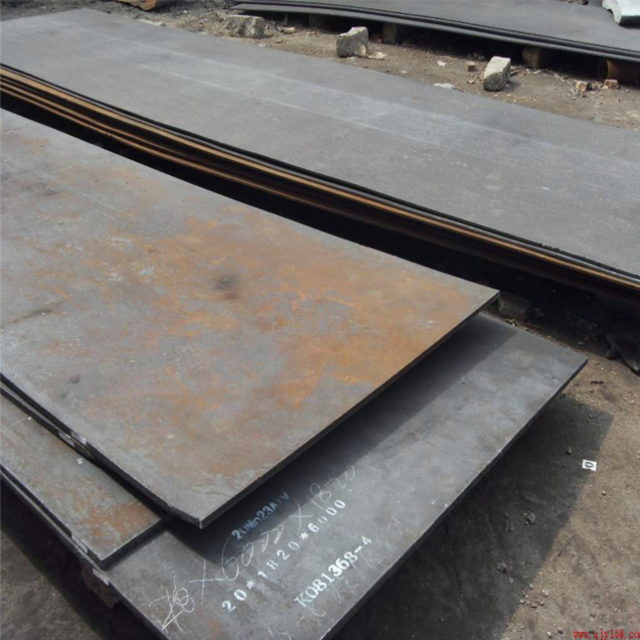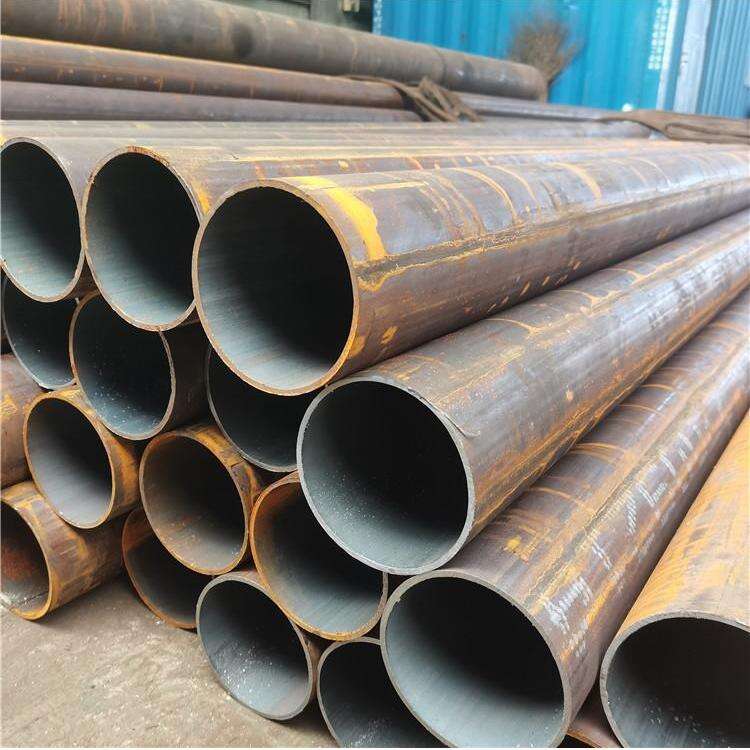304 stainless steel strip
304 stainless steel strip is a versatile and highly sought-after material in modern manufacturing and construction industries. This austenitic stainless steel grade combines excellent corrosion resistance with outstanding mechanical properties, making it ideal for diverse applications. The material features a chemical composition of approximately 18% chromium and 8% nickel, which creates a self-healing passive layer that protects against corrosion. These strips are manufactured through a precise rolling process that ensures consistent thickness, superior surface finish, and dimensional accuracy. Available in various widths, thicknesses, and finishes, 304 stainless steel strips offer exceptional formability and weldability, enabling their use in both decorative and structural applications. The material maintains its structural integrity across a wide temperature range, from cryogenic conditions to elevated temperatures up to 870°C. Its non-magnetic properties and excellent heat resistance make it particularly valuable in specialized industrial applications. The strips exhibit remarkable tensile strength, typically ranging from 515 to 720 MPa, while maintaining good ductility and work-hardening capabilities.


